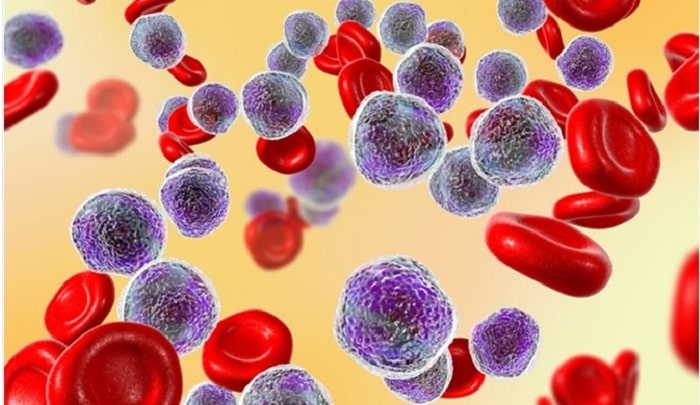Leukemia- its mention itself causes a lot of stress, both physical and psychological. People diagnosed with this disease lookout to get out of it with lasting remission. Minimal Residual Disease- MRD is a scale to measure the number of leukemia cells that remain in the body post the treatment. Due to the level of accuracy that one can expect out of MRD, it is the most comprehensive of all the other diagnosis that is available for detecting leukemia cells.
Its Acceptance
MRD is regarded by the medical fraternity as the most robust of factors in predicting the result of all acute leukemia forms, such as Acute Lymphoblastic Leukemia (ALL) & Acute Myeloid Leukemia (AML). Because of MRD, it becomes easy to gauge the effectiveness of the treatment and forecasting outcomes on chronic forms like Chronic Myeloid Leukemia (CML) & Chronic Lymphocytic Leukemia (CLL).
Doctor’s Analysis
Needless to say, MRD helps doctors with vital information. It measures the response to the treatment and provides a detailed analysis of the fact that whether the procedure followed is working well for the patient or not. The doctors, based on the analysis may either continue with a similar medication and process or may switch to another one. MRD is tested through blood samples or the bone marrow.
Attaining Remission Holds The Key
MRD helps in judgment. Whether the treatment is responding well or not, MRD’s analysis helps make requisite tweaks. It is obvious that the doctor’s lookout for the much-anticipated period wherein the illness improves and there are no signs of a relapse occurring.
Post Remission Monitoring
Once the remission is achieved, it becomes all the more important to keep continuous track of the MRD. This is done to make sure that relapse is known much before it takes place so that ample procedures for treatment get followed again. MRD measurement is kind of a warning that helps to diagnose well in advance on what treatment will be the most beneficial in case of a relapse, for example, will a stem cell transplant work or not, can be known by keeping a close eye on MRD.
MRD in Clinical Trials
MRD is nowadays consistently being used in clinical trials as it provides a better understanding of the effectiveness of the new treatments. The results are quicker in the case of MRD and one does not need to wait for months to see whether the relapse is occurring again or otherwise.
MRD’s Biggest Contribution- Forecasting Long-Term Survival
A lasting remission is what we all look out for. MRD helps to understand the basis of the treatment, whether it is giving positive results, and also what parallel treatment can be given to ensure the long-term survival of the patient. MRD monitoring helps doctors and everyone associated with the patient to make an informed decision.
Being thoroughly and effectively treated for Leukemia is possible through MRD as it factually predicts what must be the course of action.


















